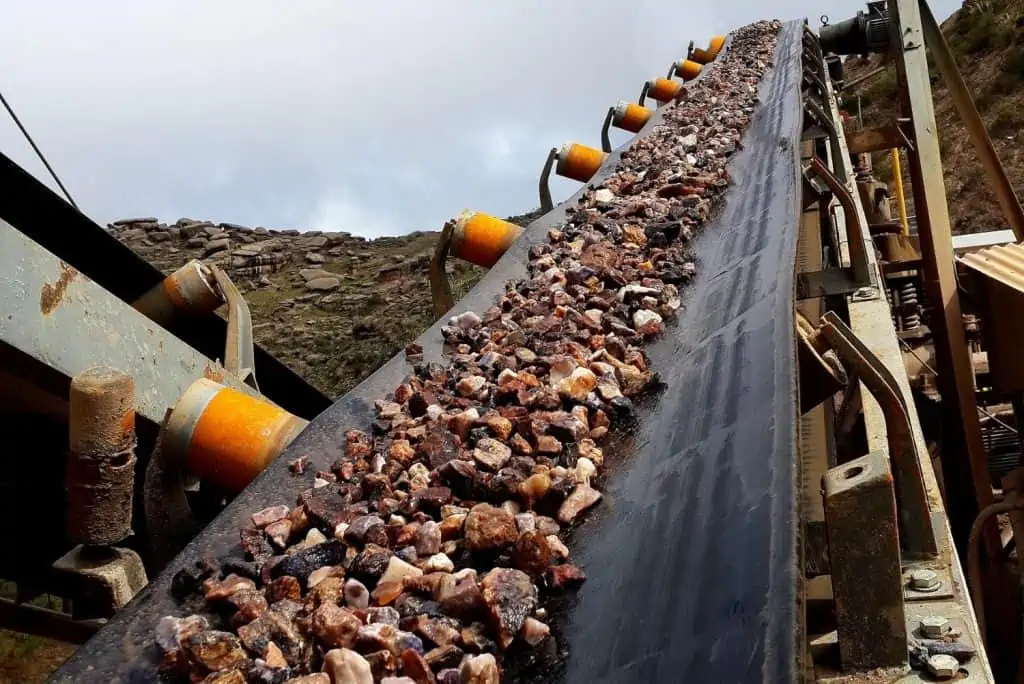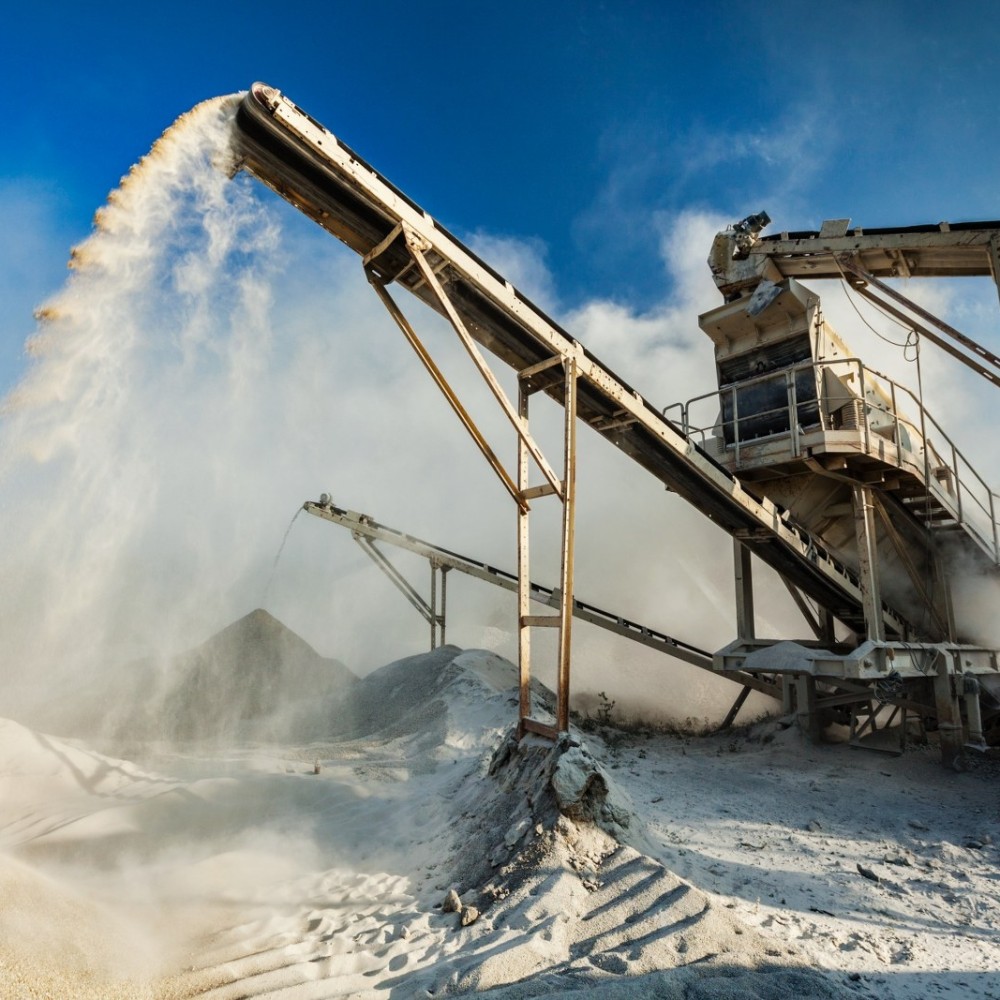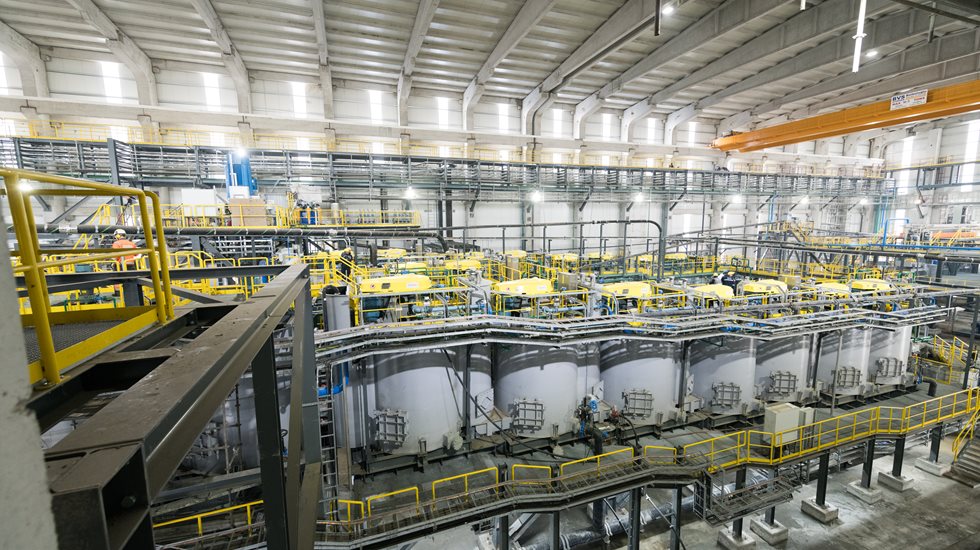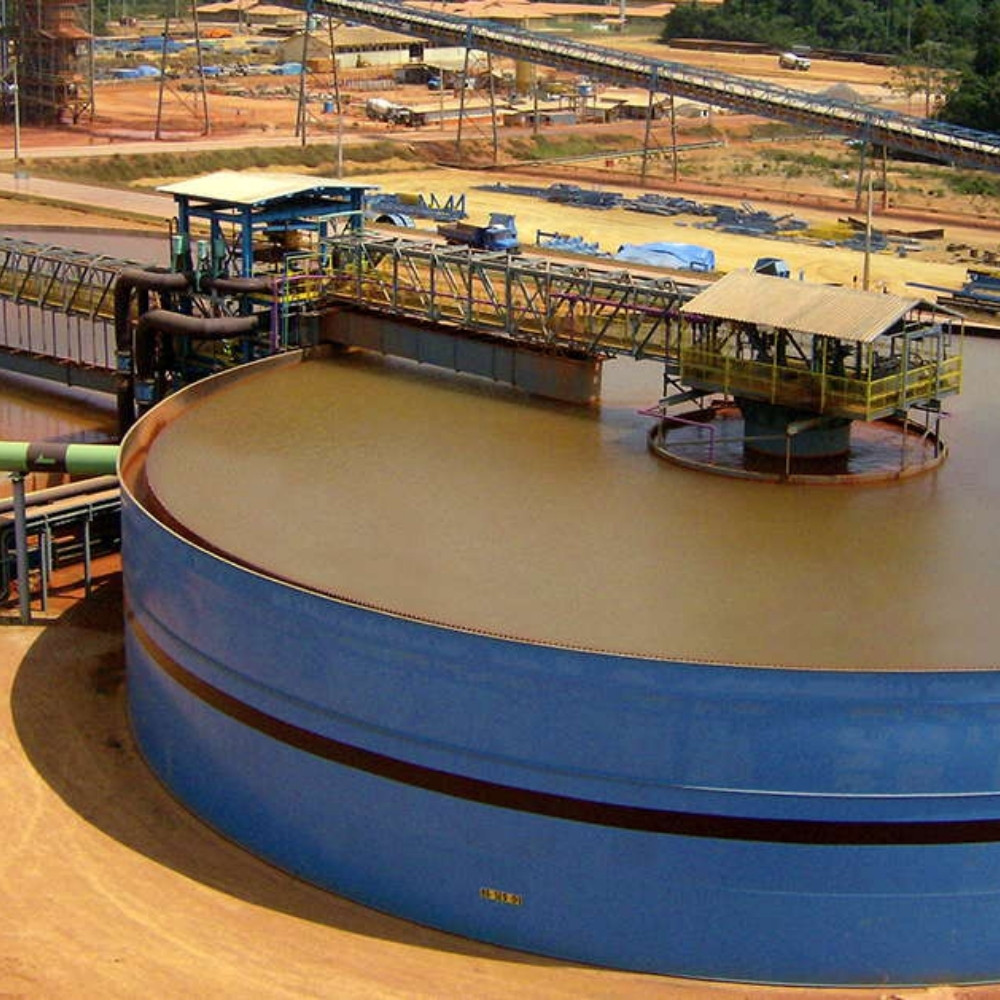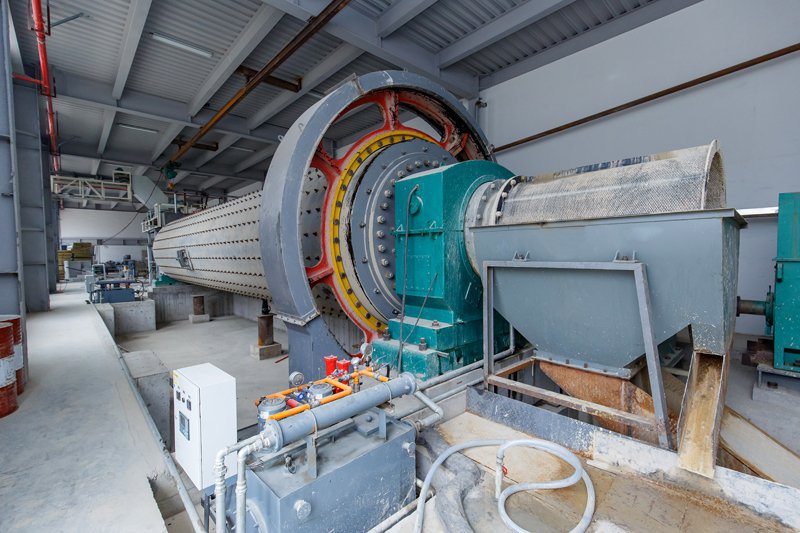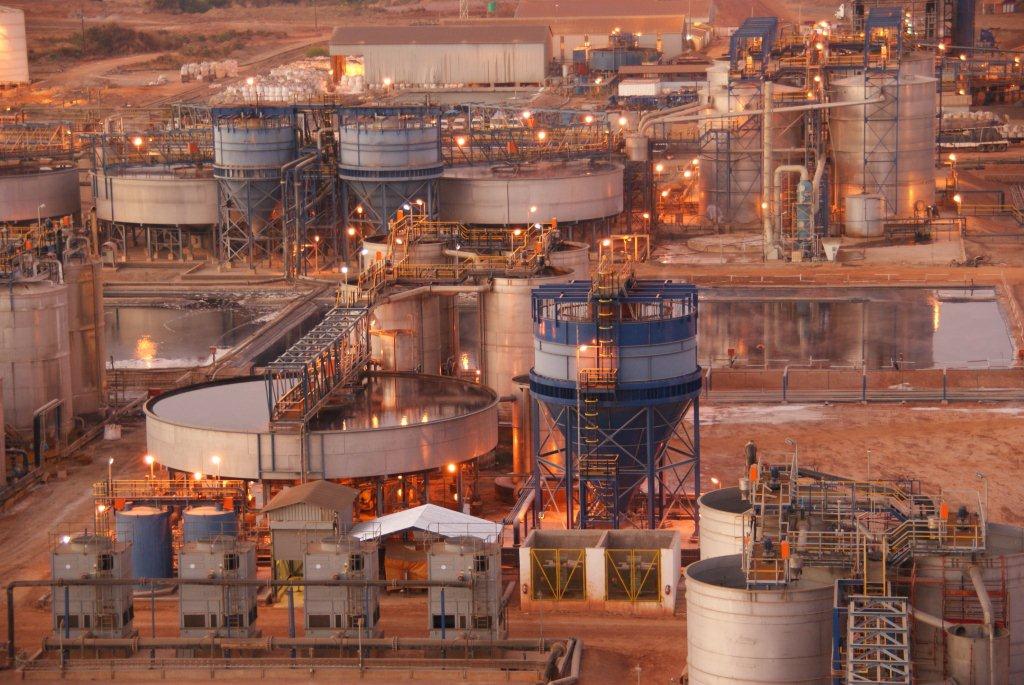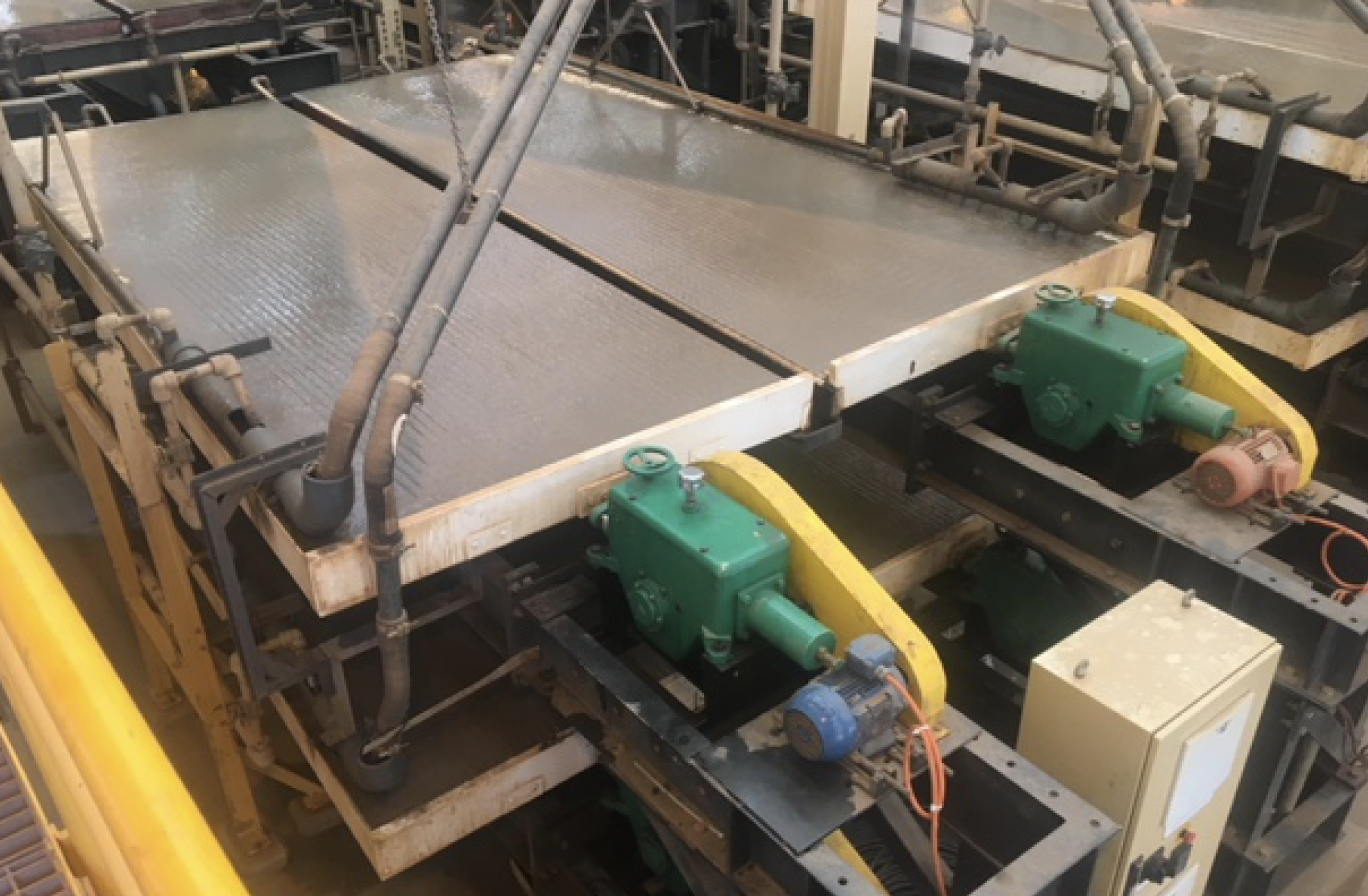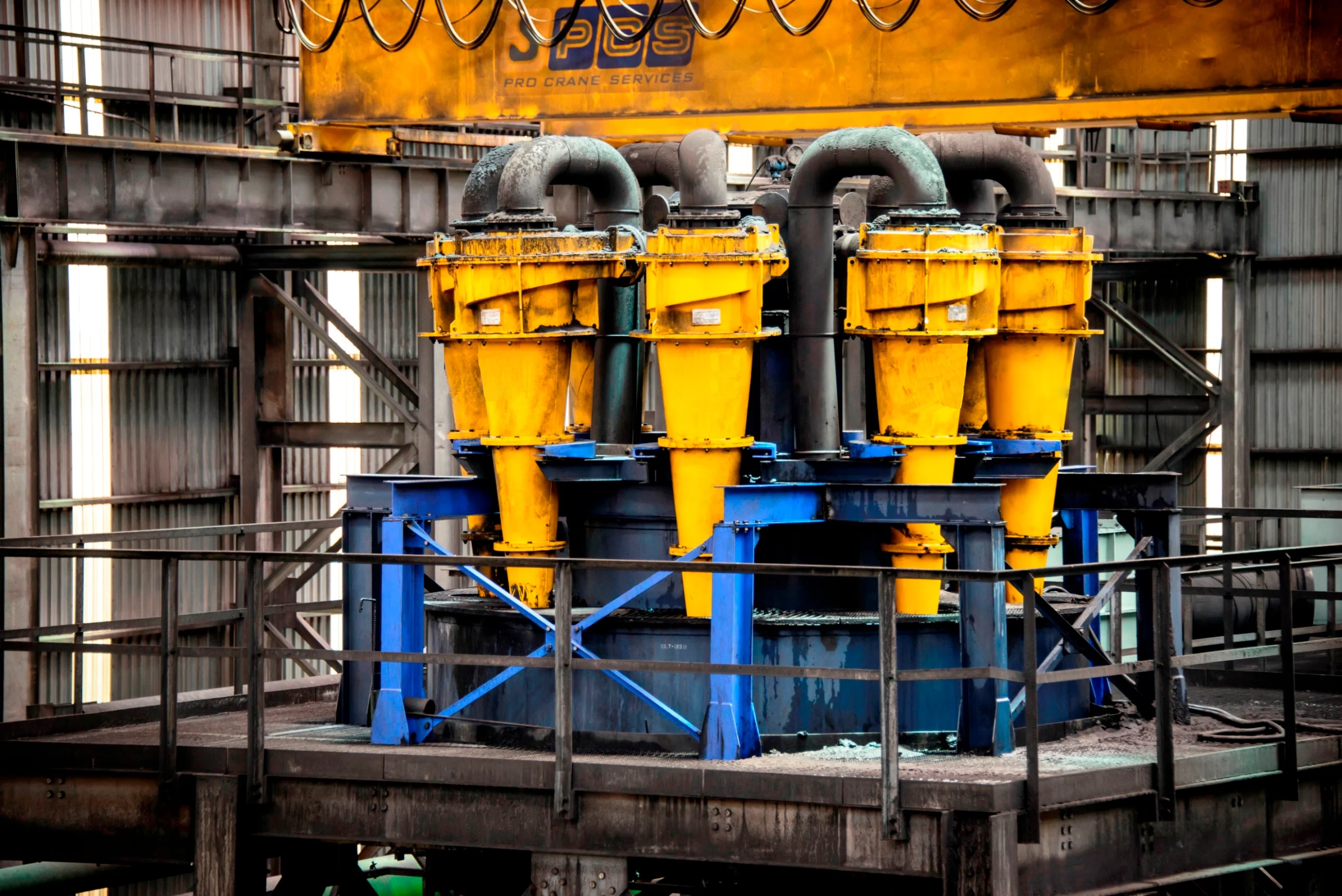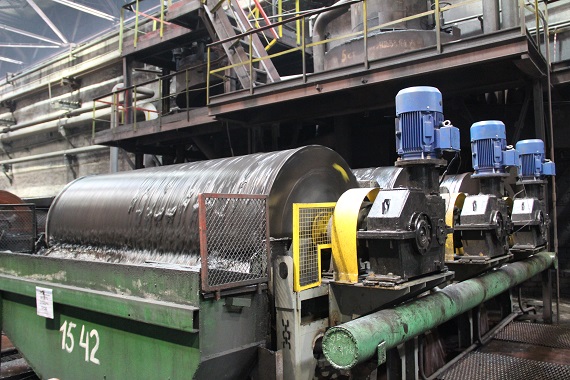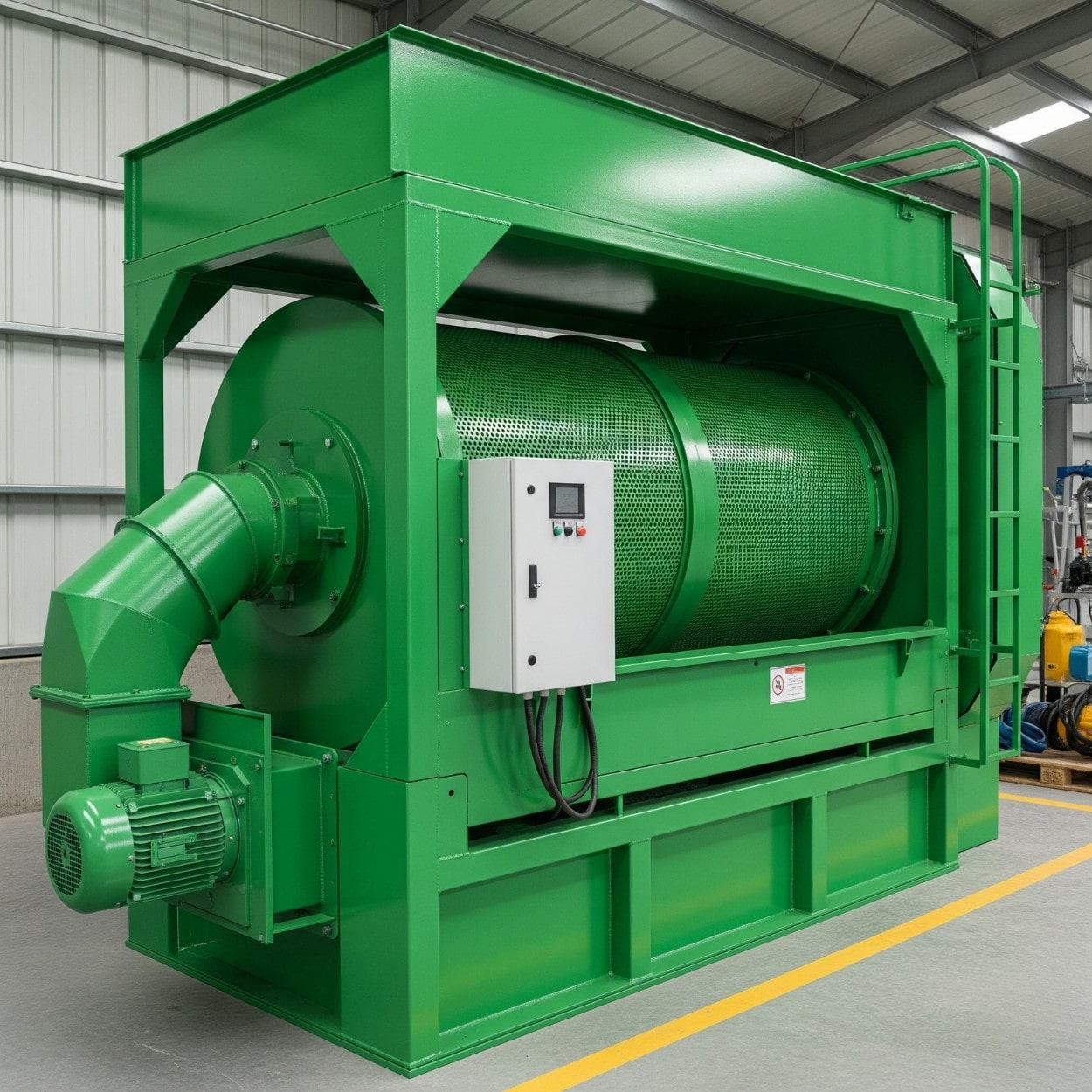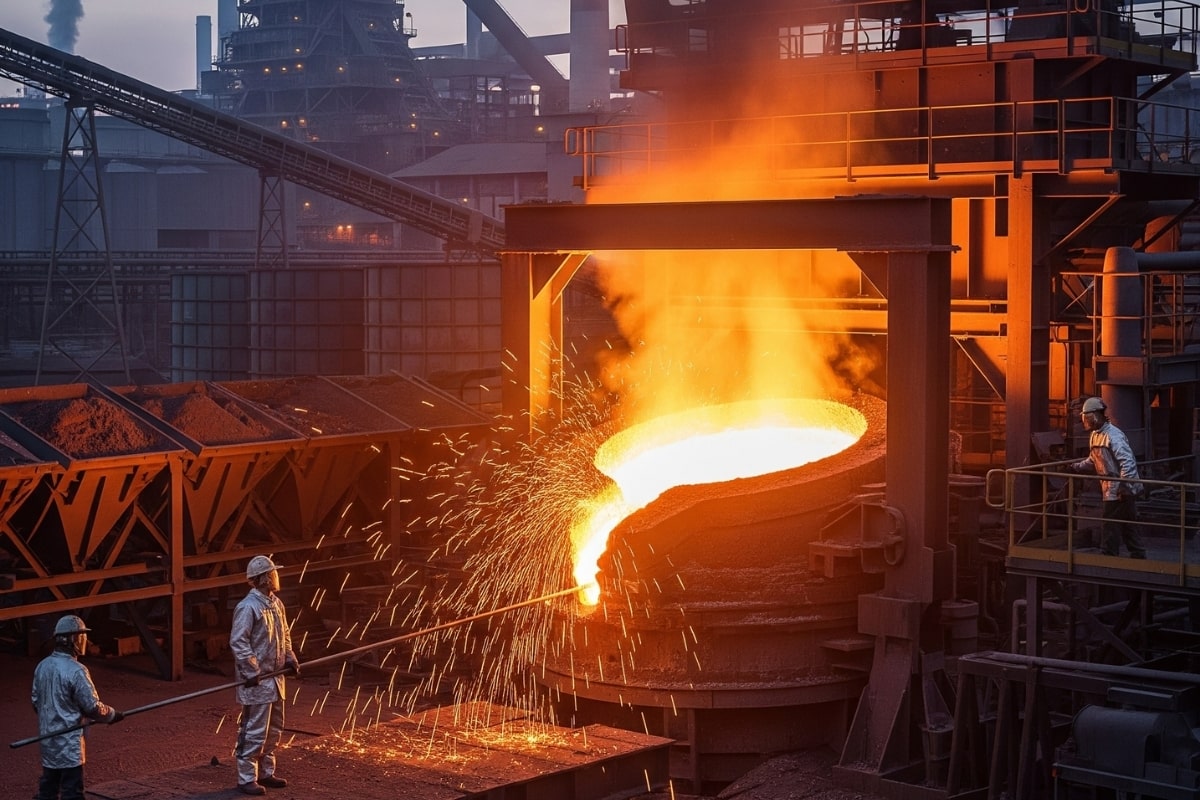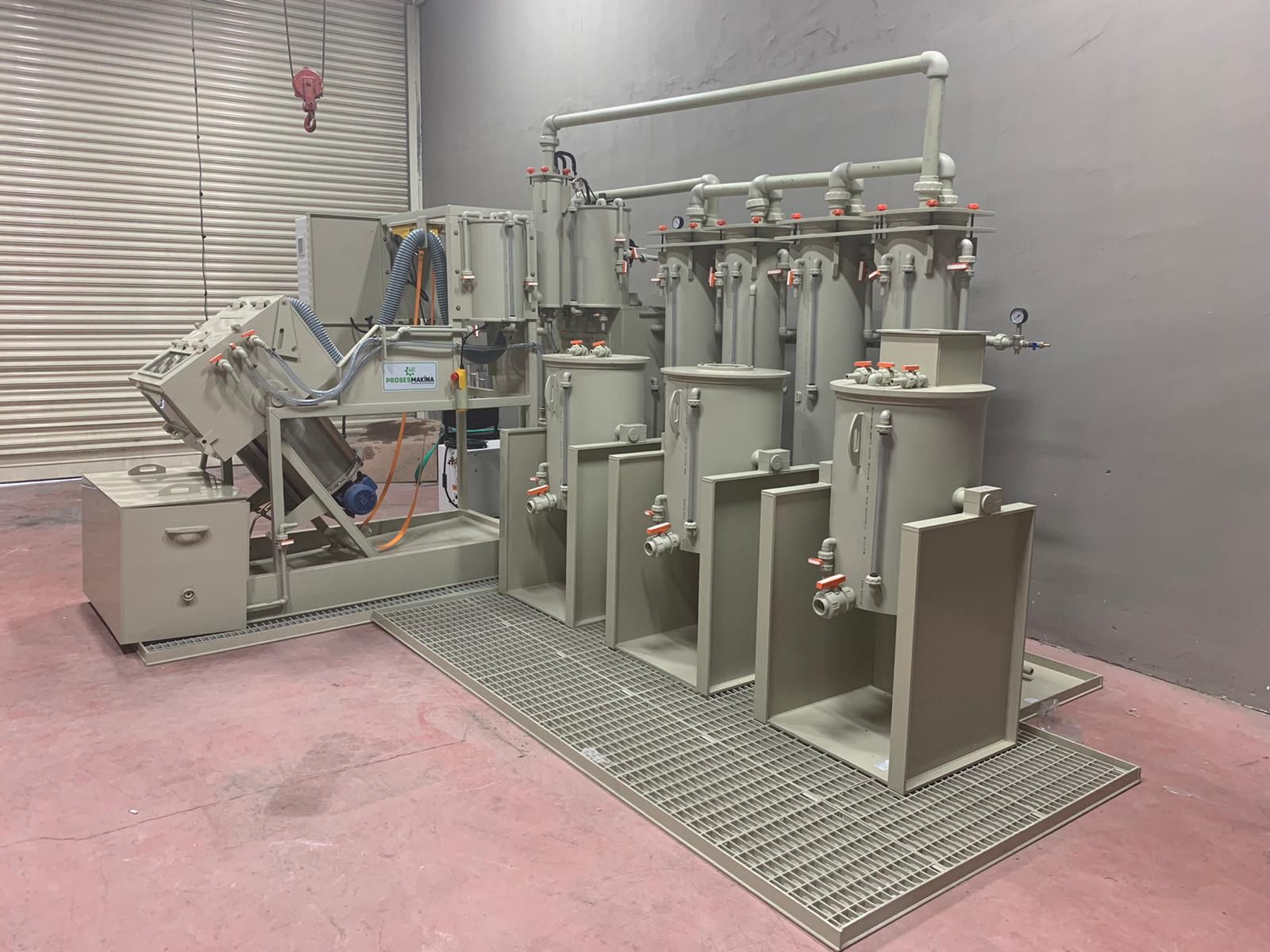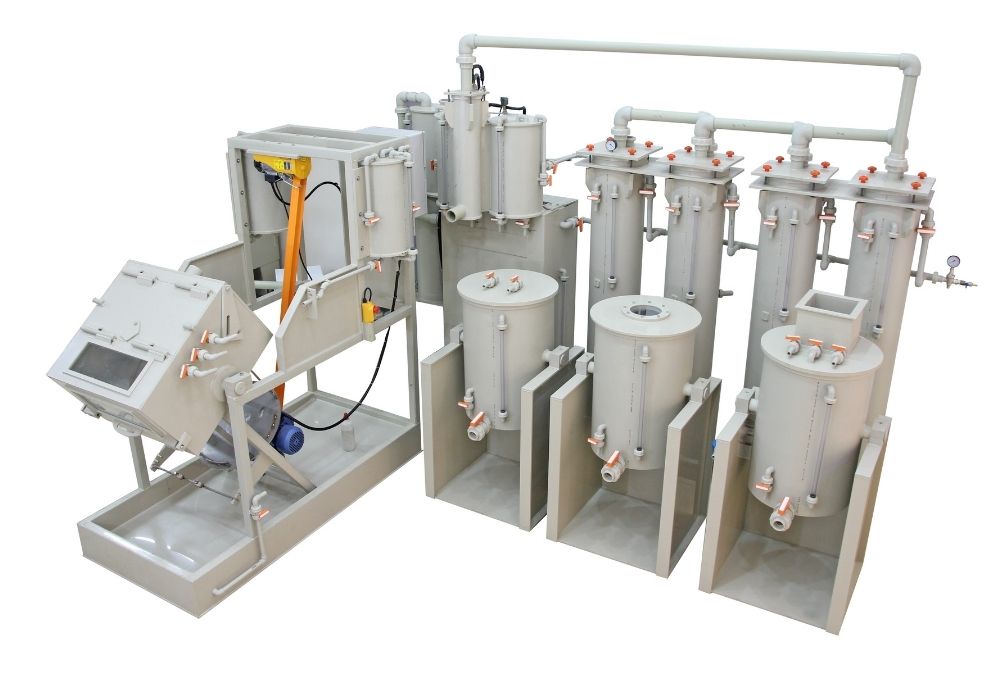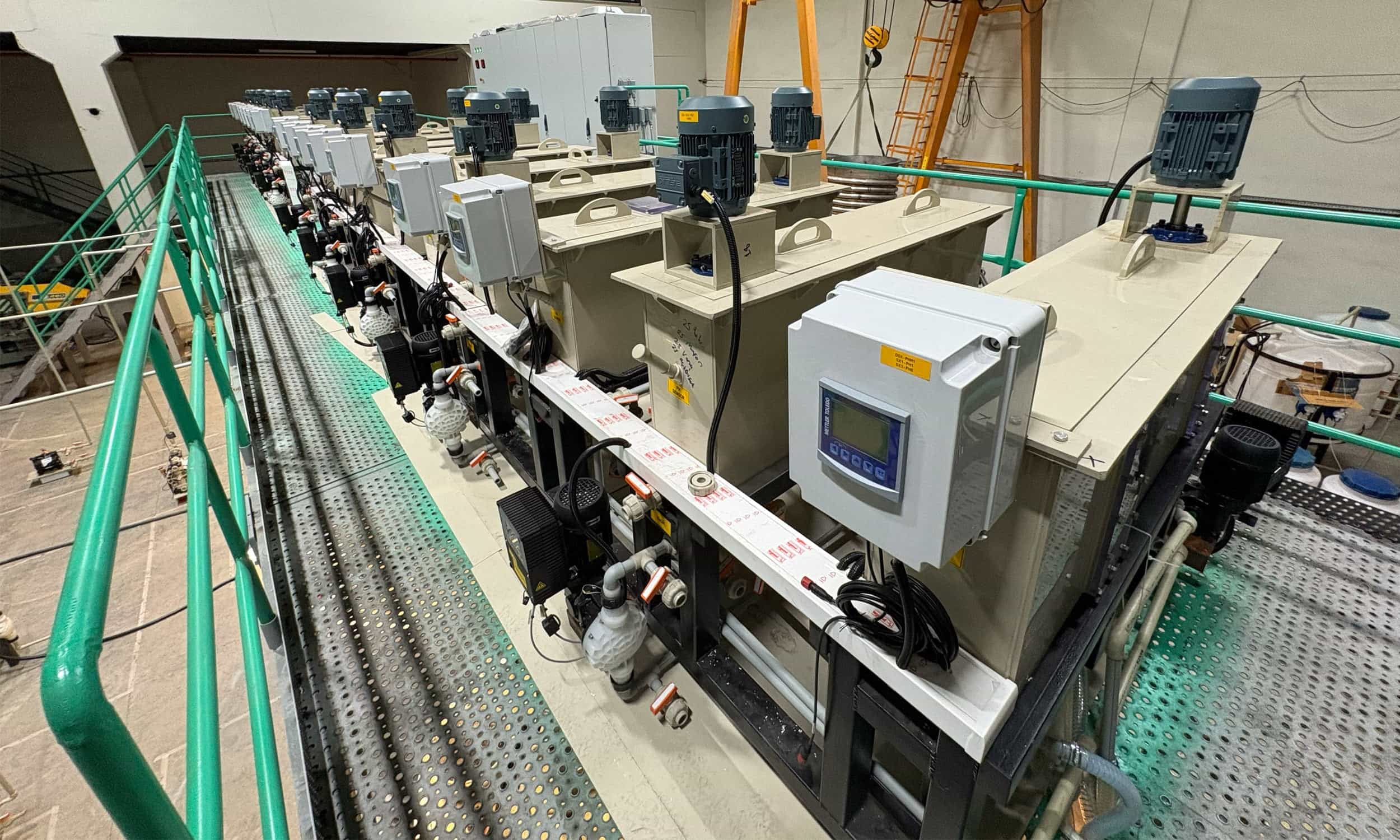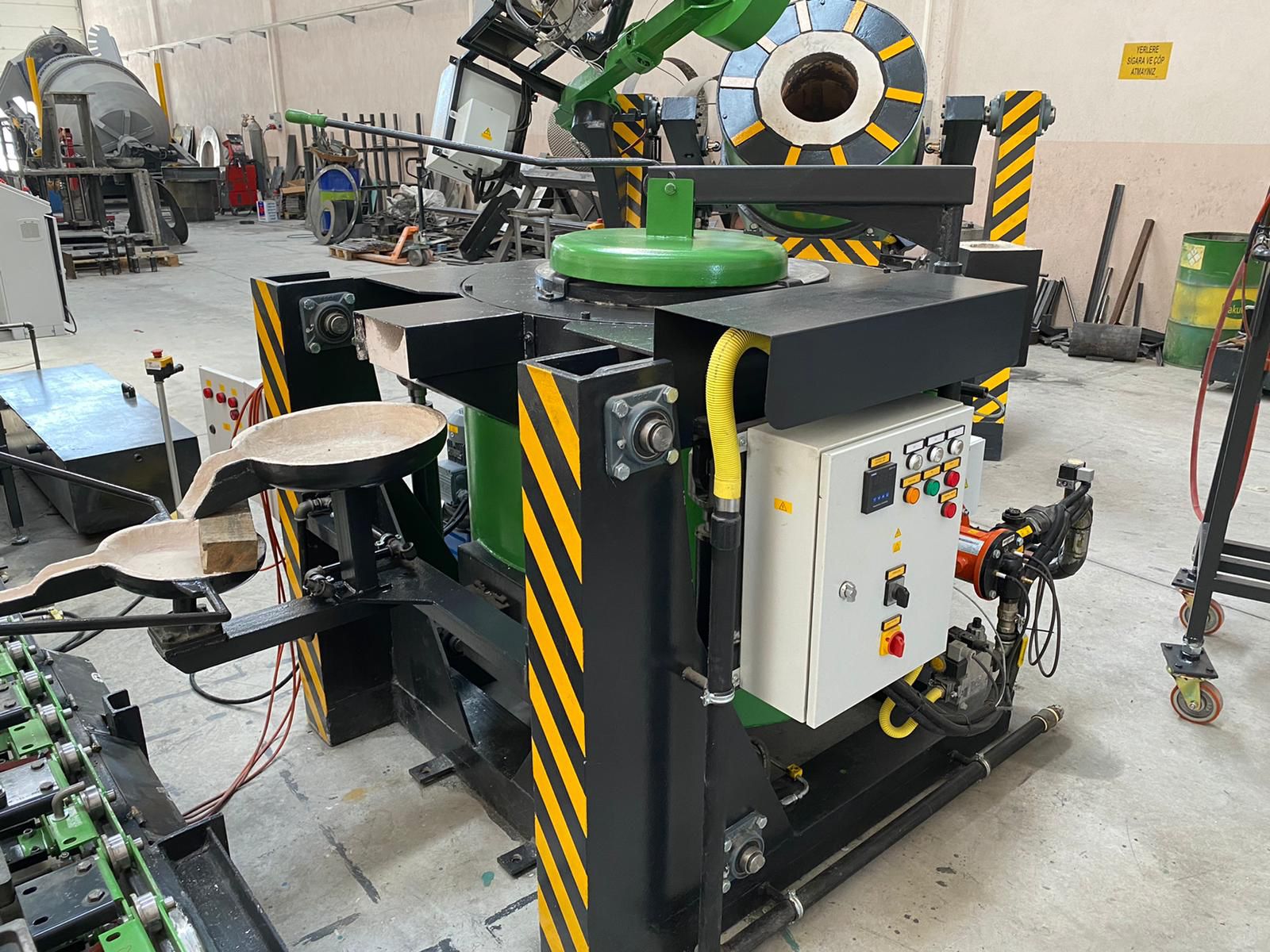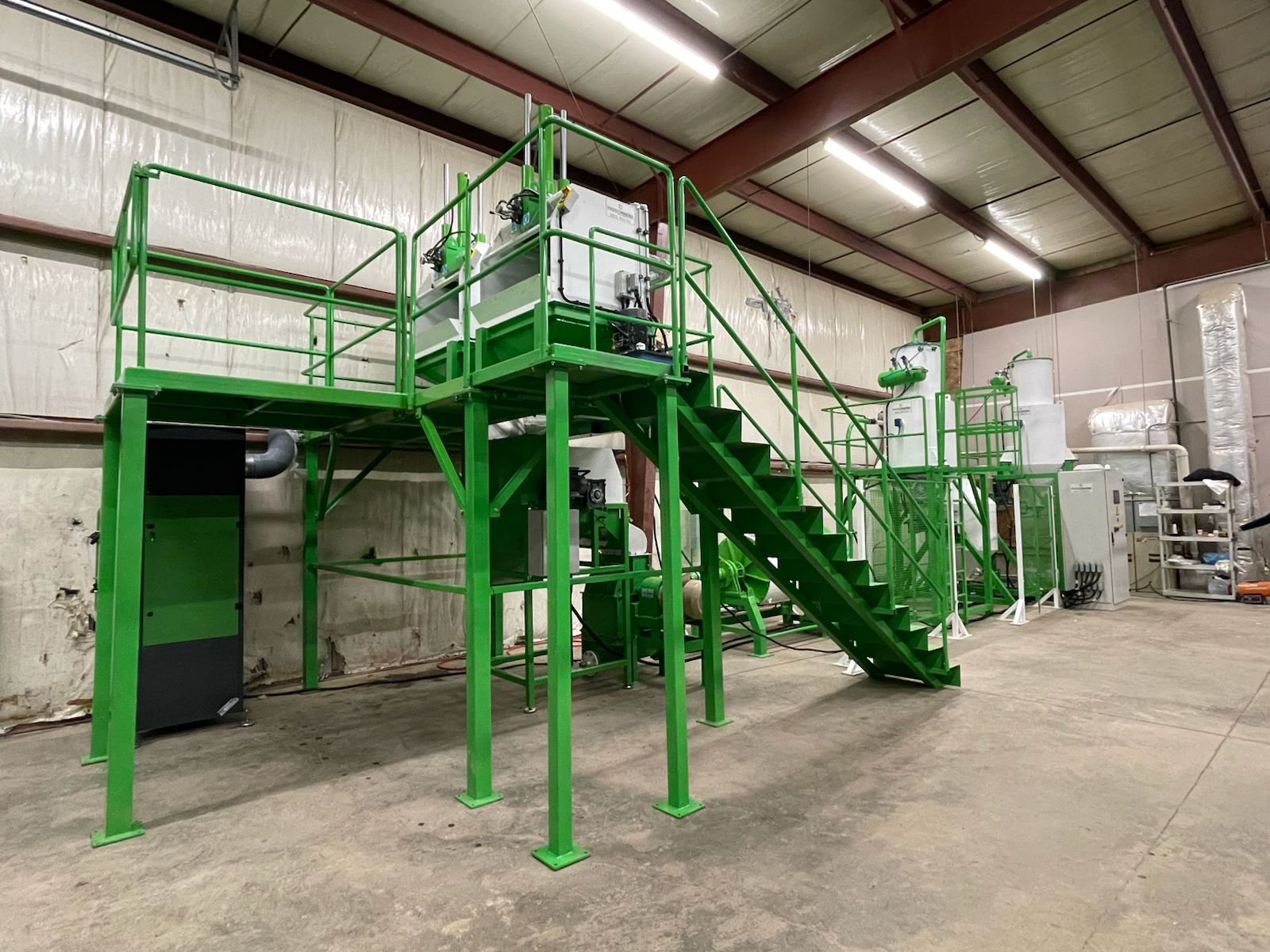Comprehensive Mining Terminology Glossary
From Ore to Market: Essential Terms of the Mining Industry
Mining is the complex process of extracting and processing valuable metals and minerals from the Earth. Understanding the terminology used in this technical field is crucial for grasping the industry's processes, investments, and economics.
A
All-in Sustaining Costs (AISC): A comprehensive metric used by mining companies to calculate the total cost of producing an ounce or a pound of metal, including sustaining capital, exploration, corporate overhead, and remediation, in addition to Cash Costs.
Annealing: A heat treatment process used to alter the microstructure of a material, often to soften it and increase its ductility (workability).
Assay: A chemical test performed on a sample (ore, concentrate, or metal) to determine the quantity or purity of the valuable metal content, typically used to confirm Grade and Reserves.
B
Base Metal: Non-precious metals (such as copper, lead, zinc, and nickel) that are generally more abundant and less valuable than precious metals.
Blasting: The process of using explosives to break up large masses of Ore or Waste Rock, preparing them for excavation and hauling.
C
Cash Cost: A non-GAAP measure calculating the direct costs associated with producing a marketable metal, typically including mining, processing, site administration, and refining costs. Often expressed as cost per ounce or pound.
Concentrate: The product created after the Ore has been processed (crushed, ground, and often subjected to Flotation or gravity separation) to increase the concentration of the valuable mineral.
Crushing: The first stage of mineral processing, where raw Ore is broken down into smaller pieces using mechanical crushers to prepare it for Grinding.
Cut-Off Grade: The minimum Grade (concentration of metal) an Ore must have to be considered economically profitable for mining and processing at current market prices and operating costs.
D
Diamond Drilling: A type of Drilling that uses a diamond-impregnated drill bit to retrieve cylindrical rock samples (called Core) from the ground, providing crucial geological and assay data.
Doré Bullion: An impure alloy of precious metals, typically containing silver and a variable, though appreciable, percentage of gold. This is the product immediately preceding final Refining.
Drilling: The process of boring a hole into the earth to extract samples, define the size and Grade of an Ore Body, and assist in Exploration.
E
Extraction: The process of removing the Ore from the mine site, encompassing all mining activities, whether through Open Pit or Underground Mining.
Exploration: The search for new mineral deposits or extensions of known deposits, involving geological mapping, sampling, and Drilling.
F
Feasibility Study (FS): A detailed technical and economic study that determines whether a mineral deposit can be developed and mined profitably. This study forms the basis for securing financing.
Flotation: A mineral processing method where chemicals and air bubbles are used in water to selectively attach to and float desired minerals to the surface as a froth, separating them from the Gangue.
G
Gangue: The commercially worthless rock and mineral material found within an Ore deposit that is separated from the valuable mineral during Milling and processing.
Grade (Tenor): The concentration of the valuable metal within a rock sample, Ore Body, or Concentrate. Often measured in grams per tonne (g/t) for gold or as a percentage for base metals.
Grinding (Milling): The process that follows Crushing, where the Ore is further reduced in size (milled) to liberate (free) the fine mineral particles for subsequent processing like Flotation or Leaching.
H
Haul Road: The network of roads within a mine site used by heavy equipment (haul trucks) to transport Ore from the pit or portal to the Mill, and Waste Rock to the dump site.
I
In-Situ: A term used to describe a mineral deposit that is still in its original, natural position within the earth, prior to any Extraction.
L
Leaching: A chemical process used to dissolve and separate metals from the Ore using aqueous solutions (such as cyanide for gold or sulfuric acid for copper).
M
Mill: A processing plant where Ore is crushed, ground, and subjected to various physical and chemical processes (Flotation, Leaching, etc.) to produce a Concentrate or final metal product.
O
Open Pit Mining: A surface Extraction method used when Ore deposits are located near the surface. It involves digging a large pit in the ground in a series of steps or benches.
Ore: A mineral-bearing rock that is rich enough in one or more valuable metals to be mined, processed, and sold at a profit.
Ore Body: A geological mass of Ore that can be mined economically. Its size and shape are defined by Drilling and Assay results.
P
P&P (Proven and Probable) Reserves: The highest confidence category of Reserves, indicating quantities that have been extensively sampled and engineered, proving that Extraction is economically viable.
Precious Metals: High-value metals (such as gold, silver, platinum, and palladium) valued for their rarity, industrial uses, and investment appeal.
R
Refining: The final purification process of Doré Bullion or Concentrates to produce metal of high purity (e.g., 99.9% or higher) suitable for commercial use.
Reserves: The portion of a mineral Resource that is economically and technically feasible to extract under current and expected operating conditions.
Resources: Mineral deposits that are known, estimated, or inferred based on geological data, but for which economic Extraction viability is not yet confirmed (divided into Inferred, Indicated, and Measured categories).
S
Smelting: A high-temperature metal production process that uses heat and chemical reducing agents (like flux) to separate the metal from the Ore or Concentrate, leaving behind a Slag residue.
Stripping Ratio: In Open Pit Mining, the ratio of Waste Rock tonnes that must be removed for every tonne of Ore extracted. A lower ratio typically indicates a more economical mine.
T
Tailings: The fine-grained residual material (slurry) left over after the valuable minerals have been separated from the Ore during the Milling process. They are typically stored in specially designed impoundments.
Troy Ounce (ozt): The standard unit of mass used in the trading of Precious Metals. One troy ounce equals approximately 31.1035 grams.
U
Underground Mining: Extraction methods used when the Ore Body is too deep beneath the surface for Open Pit Mining to be cost-effective, requiring the use of tunnels and shafts.
W
Waste Rock: Non-mineralized rock that must be Extraction to access the Ore. It has a Grade below the Cut-Off Grade and is discarded.

